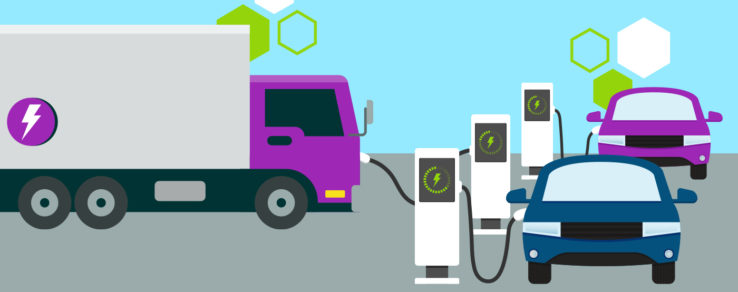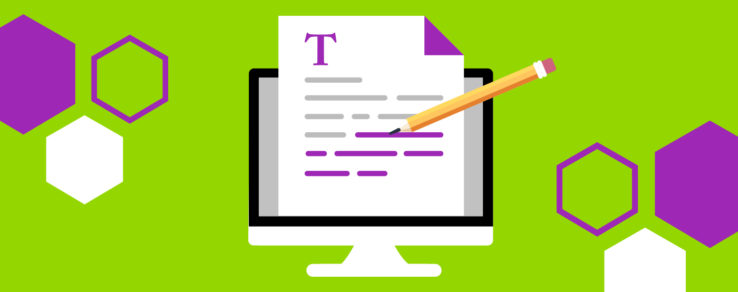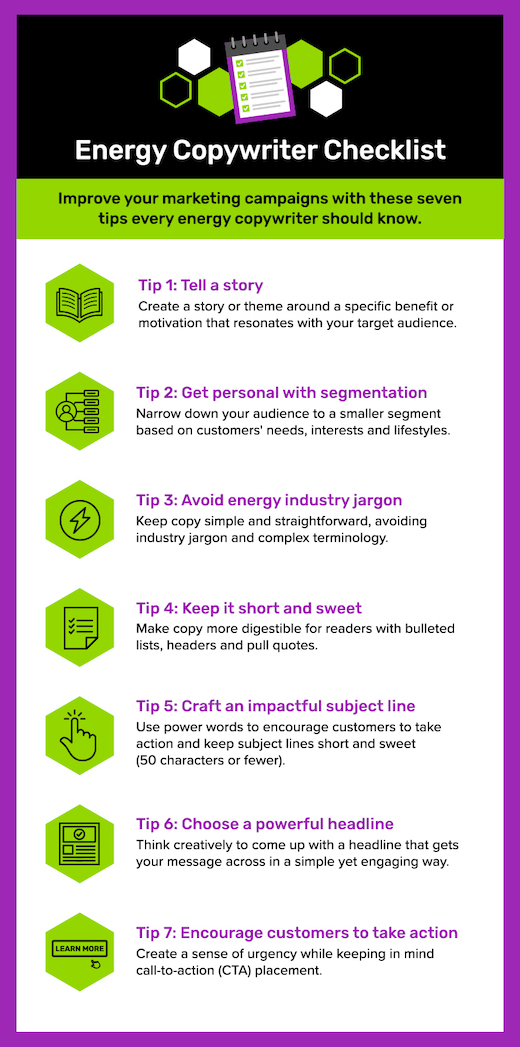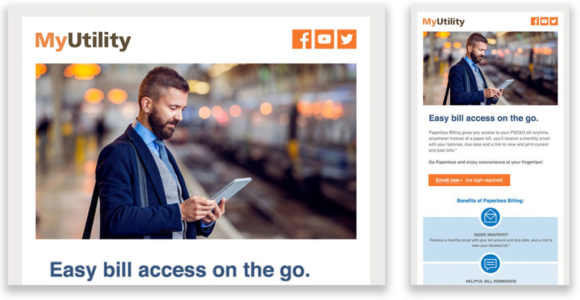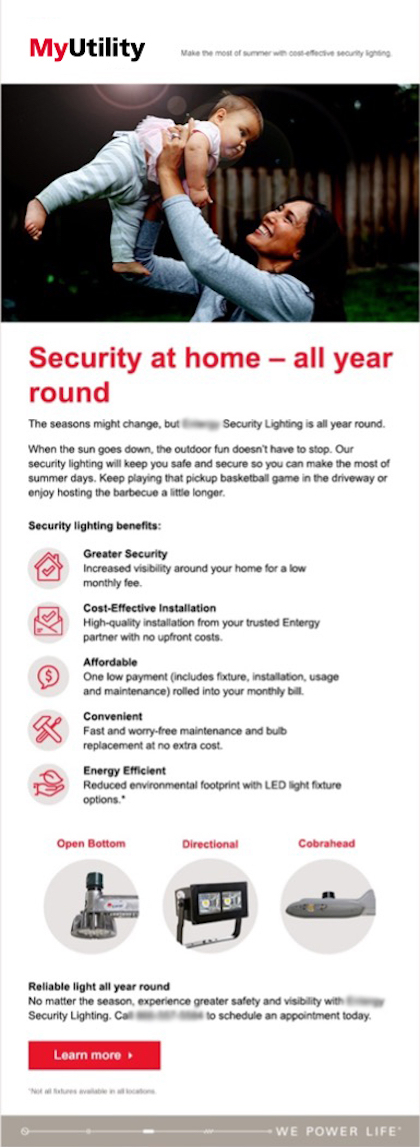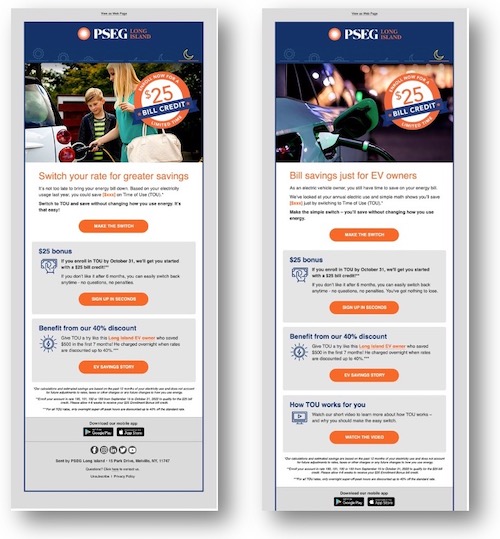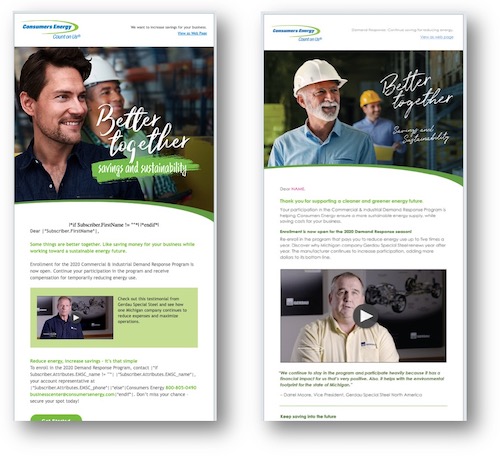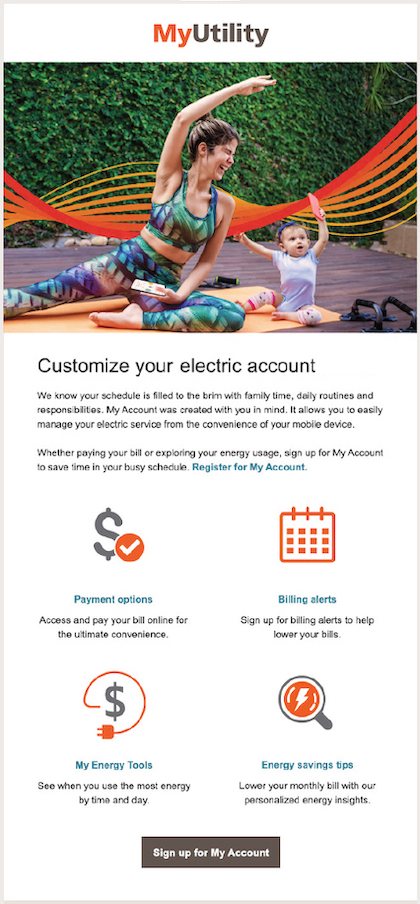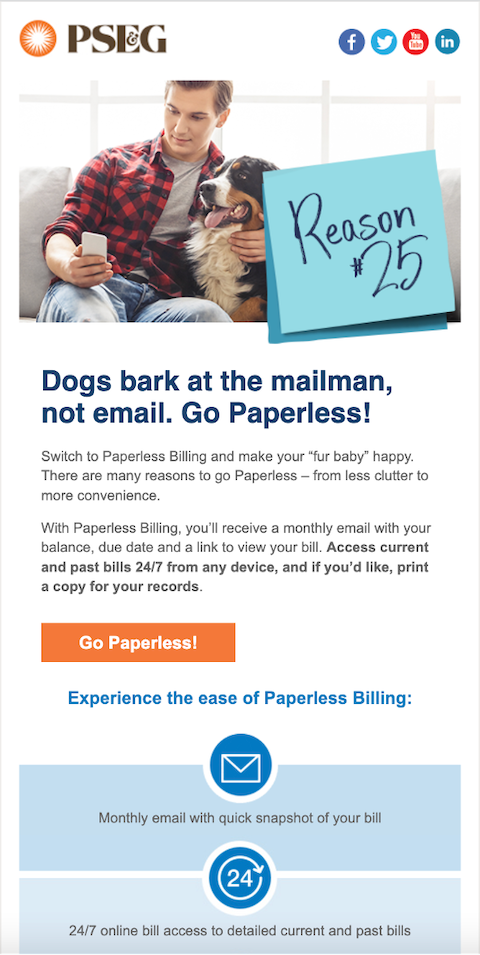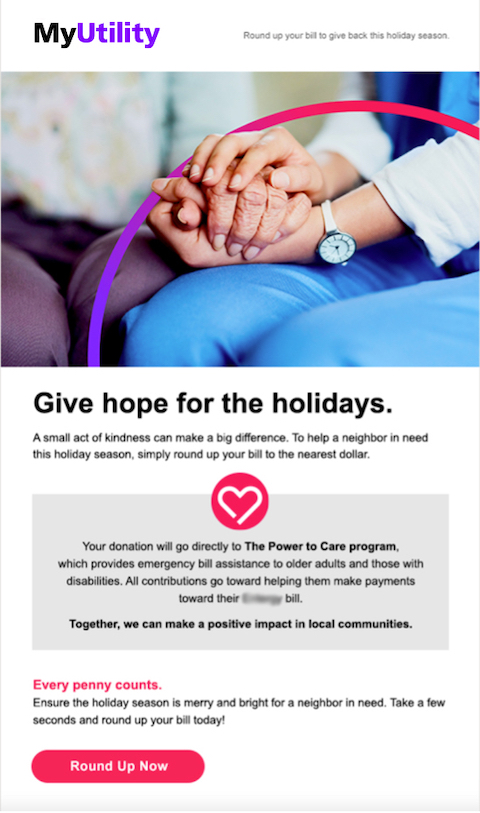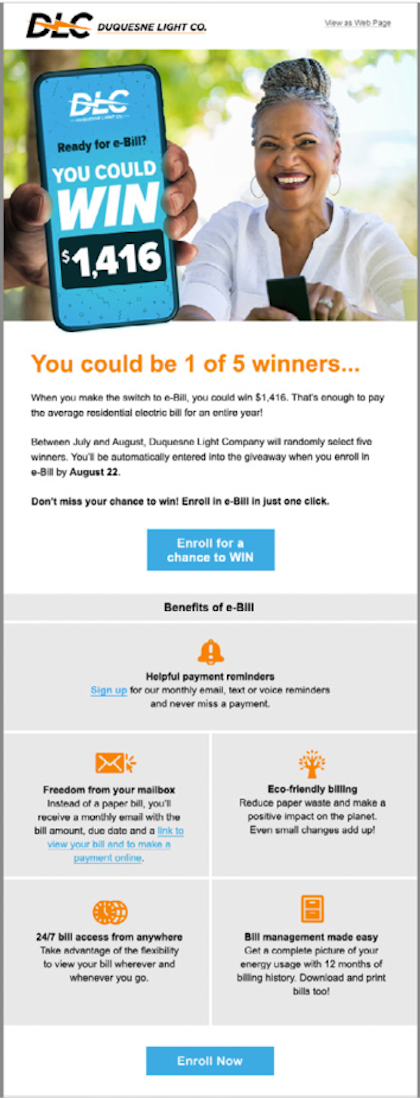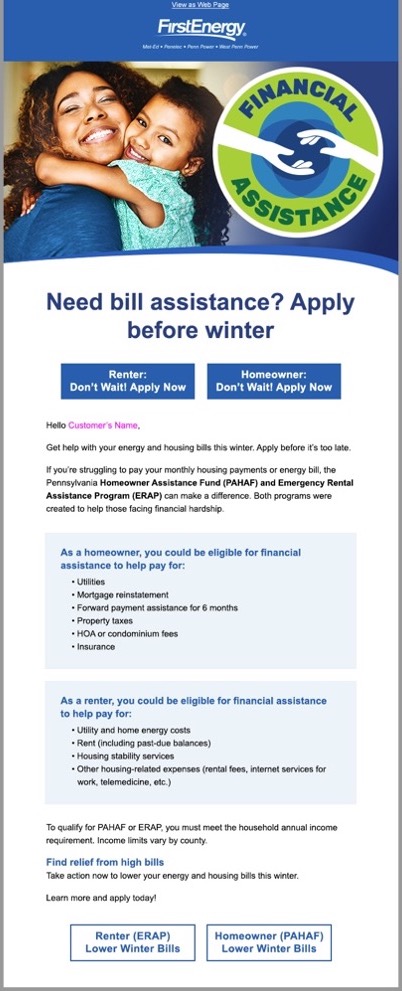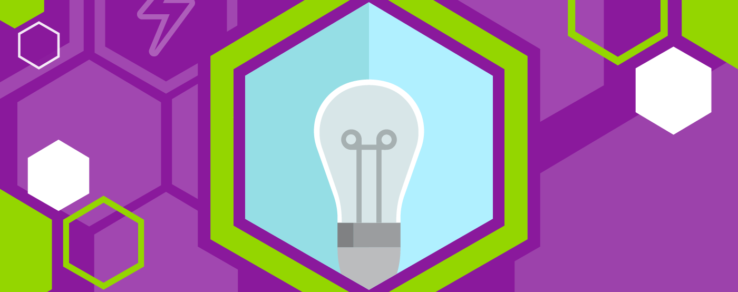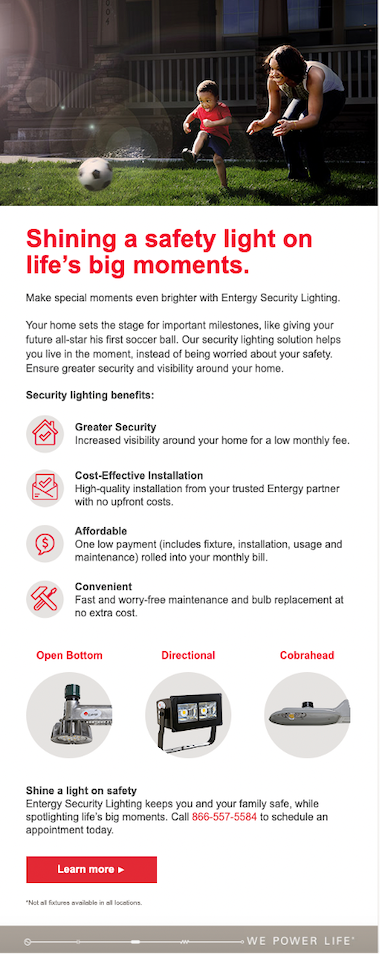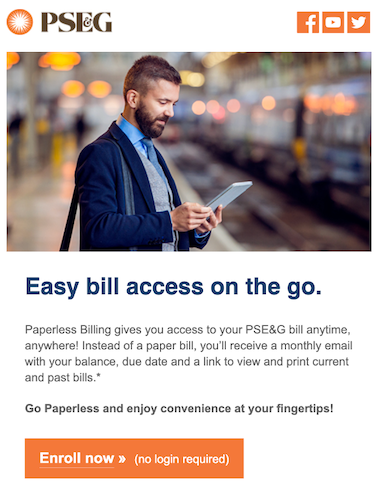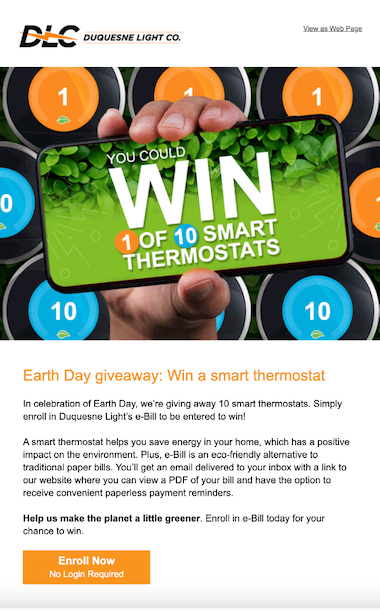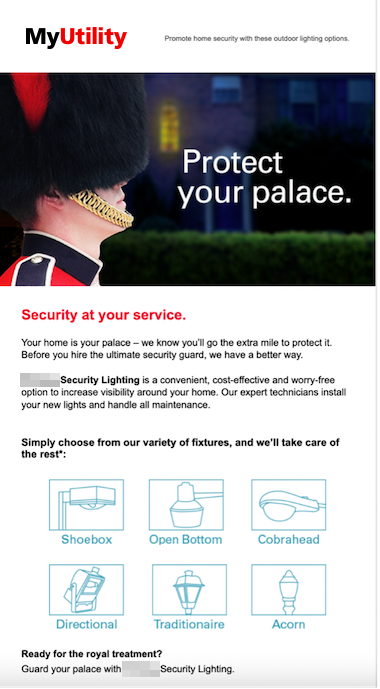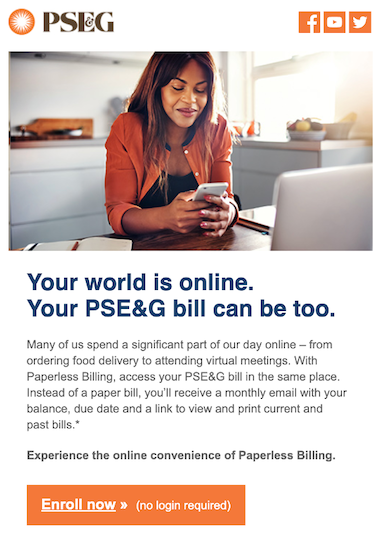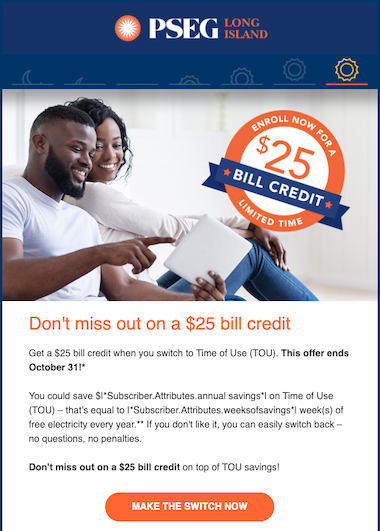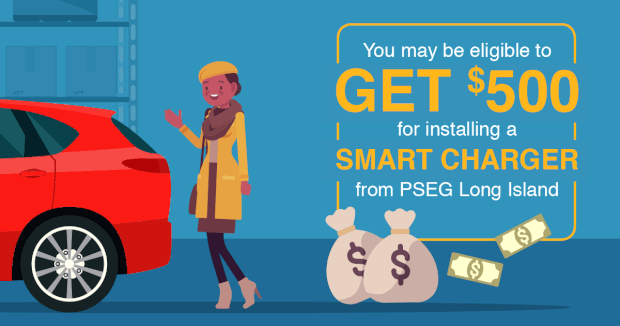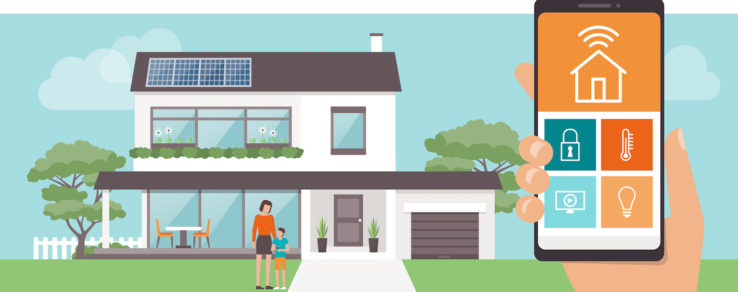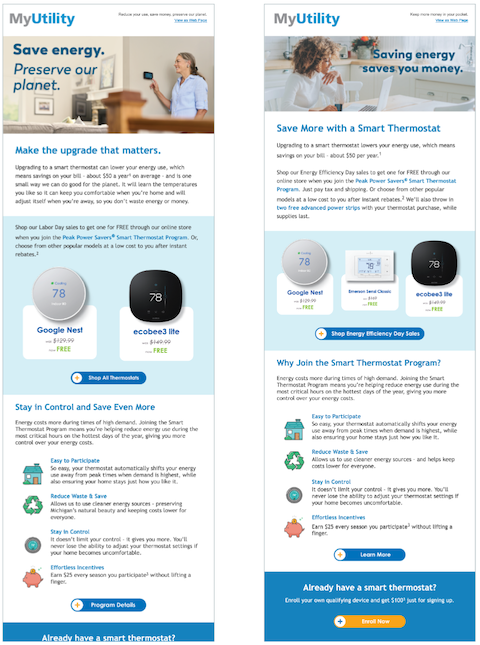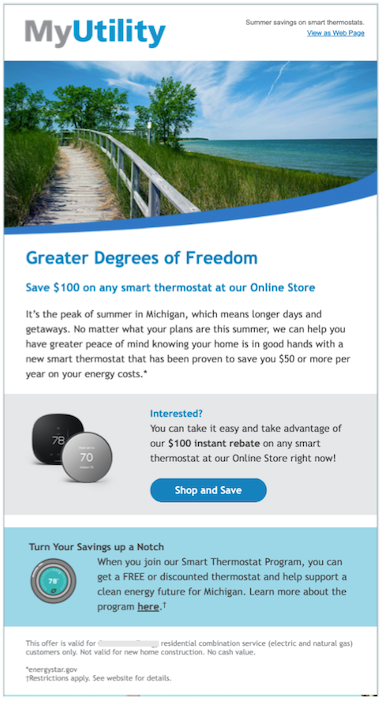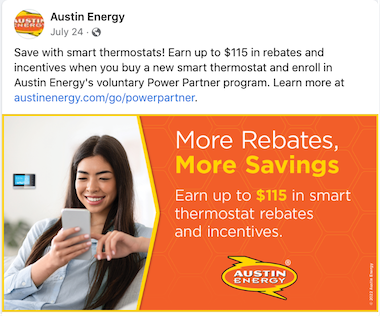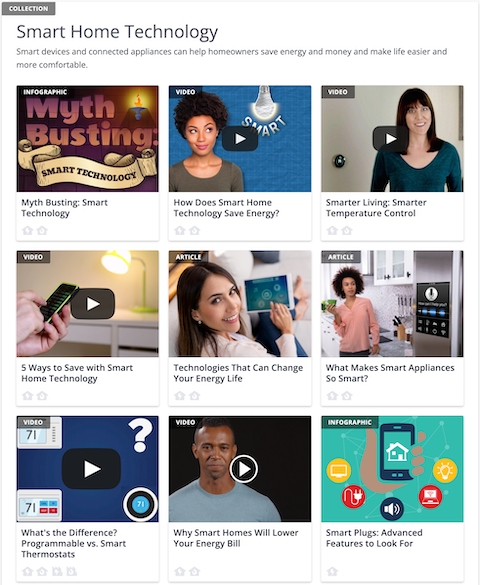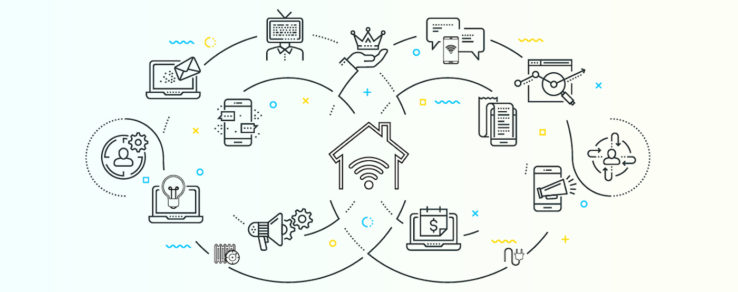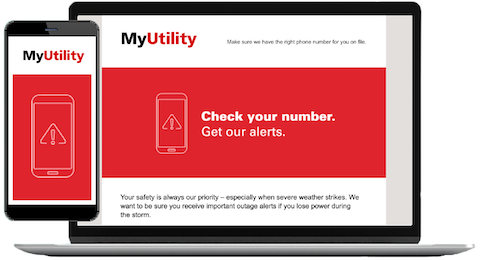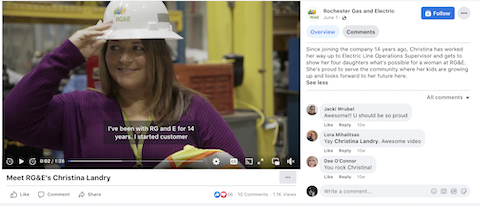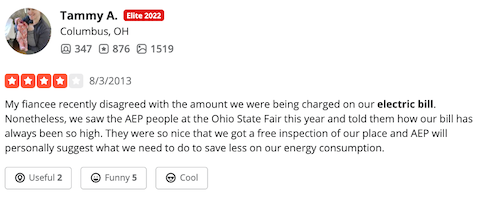The pace of change for the electric vehicle (EV) industry has hit warp speed as funding and government mandates continue to be approved. “Faster than a sprint” is how Whitney Skeans, Senior Program Manager of Electric Vehicles at National Grid, describes it.
Utilities nationwide are under pressure to reach aggressive EV goals. For example, National Grid is one of six utilities supporting the implementation of New York State’s EV Make-Ready Program. Specifically, Skeans and her team are focused on installing 16,000 charging ports by 2025 in their upstate New York electric service territory. On the other side of the country, San Diego Gas & Electric (SDG&E) is committed to having 100% zero-emission vehicles by 2025.
With so much to accomplish, how are utilities progressing toward these large EV initiatives? Through discussions with National Grid and SDG&E, the following tactics stood out:
- Focus EV education on specific audiences among key customer segments, no longer using a mass awareness approach
- Tell the stories of EV owners throughout the community with events, videos, media relations and more
- Help underserved audiences access EV infrastructure
- Facilitate test drives for commercial and residential customers
- Focus on medium- and heavy-duty fleet electrification, the higher carbon-emitting vehicles
- Build digital self-serve hubs about available incentives, installers and more
- Encourage cross-departmental collaboration within the utility to accelerate innovation
Getting Specific with EV Education
Consumers know what EVs are, but some people are just now starting to pay attention. Utilities may feel like they have been talking about EVs for a long time, but this new audience needs education on both EV basics and options.
“We need to be the trusted resource for all of our customers,” said Natasha Contreras, Clean Transportation Customer Engagement Manager at SDG&E, referring to the importance of supporting residential and commercial audiences.
“We shifted our role from generic mass awareness to more specific education,” she continued. “We’re trying to fill in the voids and segments we feel are the hardest to electrify. Over 50% of housing in San Diego county consists of multi-unit dwellings, which means that many local residents may not have the benefit of having a garage of their own to install charging.”
This shift in focus has led many utilities to prioritize commercial audiences, where there are opportunities to build charging infrastructure that provides equitable access. Hotels and multi-unit dwellings (MUDs) sit at the top of the priority list.
We’re dealing with the classic chicken or egg scenario. Some businesses hesitate to invest in charging structures until they see more EVs on the road. But consumers are hesitant to buy because the infrastructure isn’t yet widespread. Utilities are working relentlessly to help solve both sides of the equation.
Focusing on Fleet Electrification
The six-person EV implementation team at National Grid is working hard to share incentives and help its commercial customers safely build infrastructure. “The dirtiest vehicles on the road are medium- and heavy-duty, so the sooner they can be electrified, the closer we can achieve climate goals,” added Skeans.
School districts are ideal candidates for fleet electrification. In New York alone, 44,000 diesel buses need to switch to electric. By 2027, diesel buses will no longer be for sale, leaving utilities in a time crunch to build the necessary electrical charging.
Yet, school districts find themselves daunted by the expenses associated with buying the buses; electric vehicles can cost 3x the diesel price. How do they schedule routes and prepare for weather-related issues negatively impacting battery performance?
National Grid provides schools with complementary fleet assessments, putting together recommended plans for buying vehicles, looking at site feasibility and grid capacity, then guiding customers through the steps to get there. Over 100 school districts were invited to pursue these programs in 2022.
Across the country in San Diego, where battery reserves don’t endure as much stress from cold temperatures, SDG&E is working with school districts to run Vehicle to Grid (V2G) pilot programs with their existing electric fleets. Sitting idle most of the day, a parking lot of electric buses offers a new energy source.
But timelines are causing anxiety for some. Electrification plans take a customer two to 12 months to implement. But if distribution upgrades are needed, that could jump to one to four years. And if transmission or substation upgrades are required, that timeline can extend beyond four years.
Customers need to be engaged early if goals are to be met. Utilities are stepping up to ensure their customers have access to all the education, guidance and financial aid available.
Telling More EV Success Stories
To properly help customers navigate the EV landscape and build organic connections, the National Grid team is talking to people in their community. “My superpower is outreach,” explains Skeans. And that’s highly evident when looking at how broadly she’s telling the story of EVs.
Skeans has connected with local Chambers of Commerce, business affinity groups, architectural, engineering and construction management firms, tourism boards, electrical contractors, risk management associations for banks, insurance providers and more. She is also leveraging digital tools like webinars to host virtual sessions that help audiences understand what the new EV requirements and opportunities mean.
“Business customers aren’t going to invest in chargers unless there is public demand, so let’s educate, let’s boost everyone’s awareness, get people excited about EVs and ultimately behind the wheel of one,” said Skeans. Event presentations and first-person case studies top the list of successful strategies. “Telling stories is really, really key.”
For San Diego Gas & Electric, in-person events have dropped from 75 pre-pandemic to just a handful post. But their annual EV Day event remains strategically significant.
SDG&E provides attendees the opportunity to experience and test drive the latest consumer electric vehicles. Without on-hand inventory at the dealerships due to supply chain issues, many buyers cannot drive before they buy. SDG&E aims to overcome the barrier of accessibility, even hosting adaptive ride-and-drive events, providing customers with functional needs a chance to get behind the wheel of EVs that have been retrofitted with hand controls.
Facilitating first-hand experiences and sharing the journeys of like-minded consumers is helping utilities nationwide to connect with target audiences.
Offering Self-Service Tools
Digitally, many utilities are building self-serve hubs where information is easily navigable and incentives may be applied for. Helpful articles and videos allow customers to self-educate about program benefits and next steps.
“We consider ourselves a central location,” explains Contreras. “There is a constant need to keep up with the latest funding incentives. We’re shifting more toward self-service tools on our website, including rate cost estimators, electrician finders, charger finders and incentive qualifications.”
Today’s consumers prefer to research independently before involving third parties. These hubs allow utilities to act as a resource without taxing call centers.
Working Together to Drive the Future of Electric Vehicles
SDG&E takes a holistic approach to ensuring customers can access available EV aid. The entire utility gets involved. “It takes a village. It’s not just getting the car, it’s everything that comes with it,” said Contreras. “The whole package. It’s the chargers. It’s the rates that are applicable to make sure the transition is smooth. It’s the construction that has to take place.”
Mass EV adoption is going to require widespread influence. As more people plug in, EVs’ significant role in reaching larger sustainability goals becomes more apparent.
National Grid is also experiencing the benefits of departmental collaboration. “Our teams are more integrated as we grow and develop,” explains Skeans, referring specifically to the ties between the utility’s EV and demand response programs.
No one department can operate independently. Everyone today, from key account and program managers to engineers and legislators, has their hand in the EV mix.
Interest in EVs has never been higher. But much work still needs to be done to reach the aggressive adoption goals set for 2027 and beyond.
Utilities nationwide are working tirelessly to educate key audiences, increase charging access and support grid resiliency. Through industry collaborations and proactive customer engagement, we’re on the road — a collaborative journey — to reaching zero emissions.
